Bee Sting Treatment: Symptoms And Cure Explained
When you are out there in the open, especially in forested areas and the likes, a bee sting can ruin the entire trip. This is something that needs to be dealt with immediately so that you do not have to further suffer from it.
[the_ad_group id=”21″]
Not to mention that a bee sting can cause a number of reactions that range from temporary (this usually includes pain and uneasiness) to severe pain and allergic reactions. Before we get into the details of the bee sting treatment, we need to have a clear idea about the symptoms and reactions. Based on the reactions, we can find specific treatments for this issue.
Main Symptoms in Case of A Bee Sting
Mild reactions
In a majority of the cases of a bee sting, these are rather mild and do not cause a lot of damage. The symptoms, in this case, include a shooting and burning pain at the site of the sting with some swelling and reddening, sometimes accompanied by the presence of a welt.
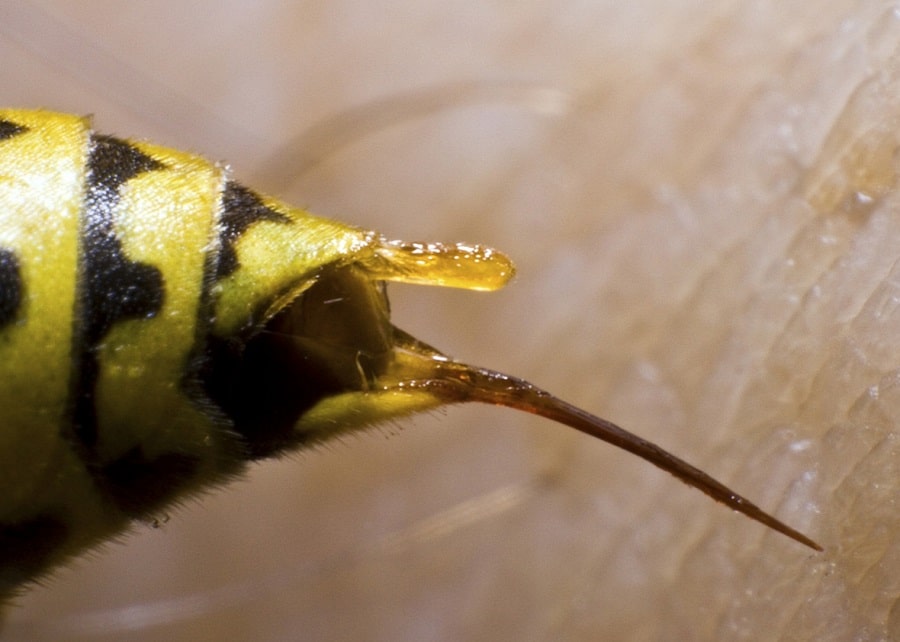
At times, you can also come across a white spot that indicates the area where the skin was punctured by the bee. But the good thing here is that these symptoms don’t last a long time. They simply take a few hours to get rid of the reddening and swelling.
Moderate reactions
Even though the most common symptoms include the mild ones, some people are more severely affected by a bee sting than the others. Thus, moderate reactions are also common. This can be understood by extreme redness and swelling. To top it off, this swelling gets worse in a day or two with no signs of respite.
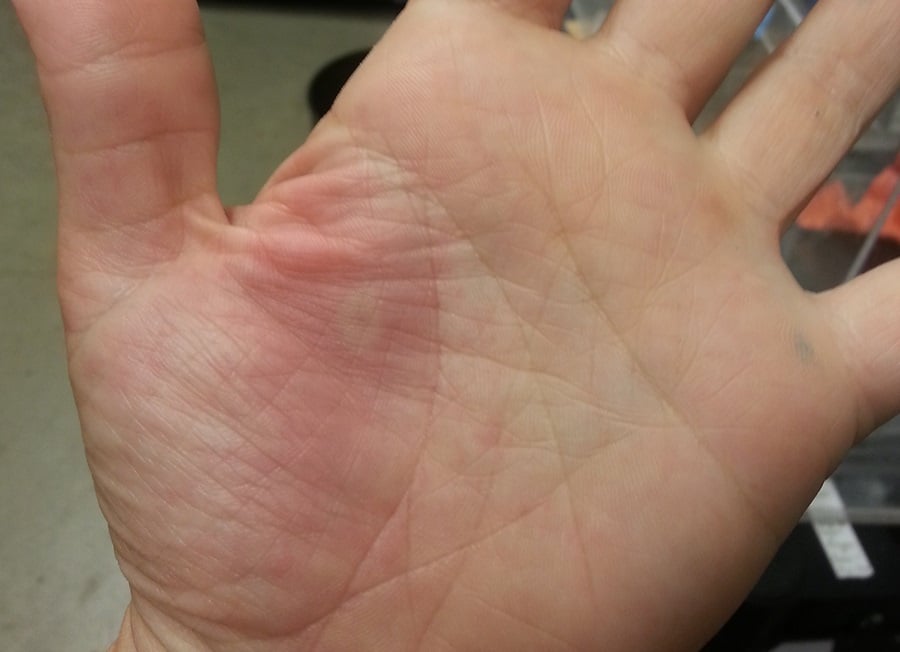
Unlike the mild reactions, the symptoms and condition don’t get better in a few hours. These are known to affect the victim for quite a few days and take about five to ten days to get completely healed. In a week or so, the swelling and redness go away and then it becomes a lot easier to get out of the action of the sting. If the problems persist, then consulting a doctor would be the best solution here.
Severe reactions
A bee sting gets really serious and harmful when you encounter some of the severe allergic reactions. This is more commonly known as anaphylaxis and it is life-threatening; hence it needs to be catered to by specific medical treatment immediately.
See also: Camping Safety: How to Get and Stay Safe on Your Next Camping Trip
Even though a very small number of people stung by a bee actually show such signs, it is essential to identify them as early as possible to continue with the required treatment.
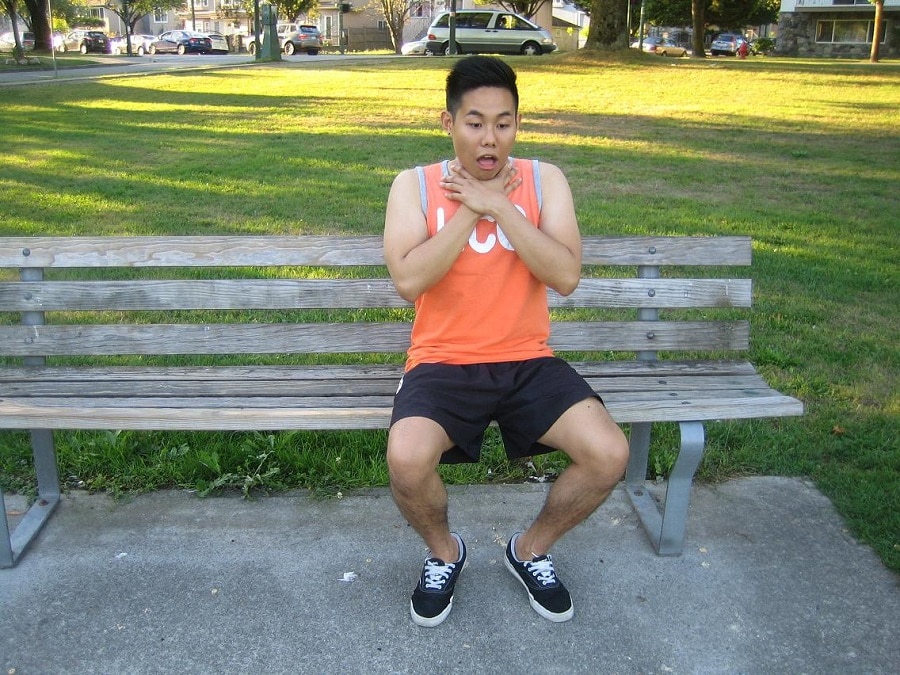
A number of skin reactions are a common symptom for anaphylaxis. This includes a lot of itching, hives, and a paler hue to the affected area. Unfortunately, the effects do not end there. You could suffer from a possible difficulty in breathing combined with swelling in the throat area, conditions of nausea, dizziness and even loss of consciousness.
The weird part about this is that once you have these reactions, the next time you get stung by a bee, the effects worsen and you could really suffer medically. Immediate medical attention is necessary to deal with these severe reactions.
Treating A Bee Sting
A bee sting will hurt, no matter what. If it is a mild reaction, it is probably going to hurt less and should be fine in a few hours. However, the moderate and severe reactions can really take a toll on your body. Irrespective of the situation, you need to take care of the affected area of the skin immediately.
[the_ad_group id=”22″]
When you are outdoors, you have limited choices with you with regards to the treatment. But there are some items that you can keep handy with you in case such an accident takes place. To be better prepared for anything, check out our guide on the best wilderness first aid kit for your reference.
Step 1: Remove the stinger
This step is applicable only if you have been stung by a honeybee. You need to remove the stinger in order to proceed with further treatment. This is done to get rid of the venom from the skin.
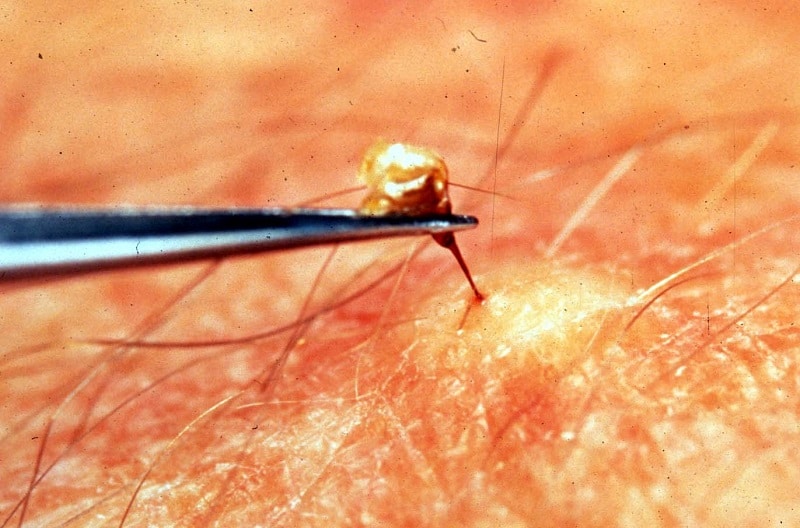
The best way to go about it would be to scrape it out. Be sure not to pinch it. Else, you can only make it worse since the venom will then get released in the blood. This step should be taken up as quickly as possible so that delay does not worsen the injury.
Step 2: Be aware of the symptoms for an allergic reaction
The next thing you need to do is observe what kind of an allergic reaction you are having as this will decide the severity of the sting and the subsequent treatment needed by you. Now you can a number of the following symptoms with the possibility of experiencing all of them at the same time.
- Breathing troubles: the most common allergic reaction that you can experience is shortness of breath or some other issues related to breathing. It must be said that this reaction is a pretty standard one but if you have any prior or persisting breathing or heart problems like asthma, then keeping calm and getting a hold of your inhaler is strongly advised.
- Swelling: the next allergic reaction which you can experience is that of swelling which can be of your mouth, throat or face. It is pretty normal for you to get scared to see a bulge developing but do remember that this is temporary and if proper care is taken then this swelling is going to be coming down within minutes.
- Rashes: another effect that a bee sting can have is the formation of rashes in the area where you got stung. What happens here is as soon as you are stung you will see that there are red hives slowly developing around the area which is going to envelop it. These rashes are going to be extremely itchy and also have a propensity of moving far behind the origin of the bee sting. What we can tell you is that please make sure you do not scratch them as it can have an adverse effect and can lead to a more serious situation.
- Dizziness: after being stung you might get the urge to fall asleep or a sense of dizziness. This primarily happens due to a steep drop in your blood pressure which can make you feel a little light headed. A piece of advice here would be to resist the temptation of falling asleep because you might get a high fever because of it.
- Anxiety: lastly, it is quite possible that you might suffer from bouts of anxiety or restlessness. Now, it is a pretty common allergic reaction that you can have a bee sting but if you have a history of fits or convulsions keeping an emergency kit would be prudent and this kit must contain drugs like epinephrine and antihistamine.
Step 3: Ascertaining the severity
After observing the type of allergic reaction you have from the bee sting, you have to ascertain the severity of such a reaction. You have to understand whether it is a serious one or a normal one. This part is important because the treatment of a bee sting depends on how allergic you and your body are.
If it is not serious
After you get rid of the sting, the next step is controlling the swell. Usually, the swelling takes place around the same place where you got stung so identifying it would not be a problem. Now, in order to control it, you will need to apply ice. What you do here is simply wrap some cubes of ice in a cloth and gently put it over the swelling. You need to do this for at least 20 minutes till you see the swelling coming down.

One thing you have to be careful of is the area that is swelling. For instance, if it is your feet or hand that is stung then immediately get them elevated followed by the ice pack treatment. Moreover, if you are wearing any kind of jewellery around the area where you are stung then taking them off would be a good idea. The swelling will not allow your ring or other jewellery to come out, easily restricting you from treating the affected areas.
In this situation you don’t have to be worried about your health and all you need to do is take the necessary steps. Firstly, you will need to take either ibuprofen or acetaminophen which will help you deal with the pain from the bee sting.
Aspirin can also do the trick here but do remember that it is not given to a person who is under the age of 19. As for itchiness, the best things you can do is use a combination of calamine lotion or water with baking soda and apply this mixture on the affected area gently. Another thing that you can use and works great is antihistamine which is a proven solution for taking care of itchiness.
Keep in mind: in order for the treatment to work, you need to make sure that the affected area is clean at all time. You have to make sure no dust or dirt is sitting on it as it can lead to infection. This is especially true when you are outdoors. Usually, it takes around 2 to 5 days for a bee sting to properly heal which is why you have to be careful till that time.
If it is serious
If you see that the person who is stung is exhibiting extreme reactions then call for help at once. It can be emergency medical services or a doctor who is on call, but don’t waste the time. Inform the doctor of the symptoms of the patient because they can advise you as to what to do until help reaches you.
Remember, first aid in these situations is the key to the patient recovering from the sting which is why ignoring this step can be disastrous.
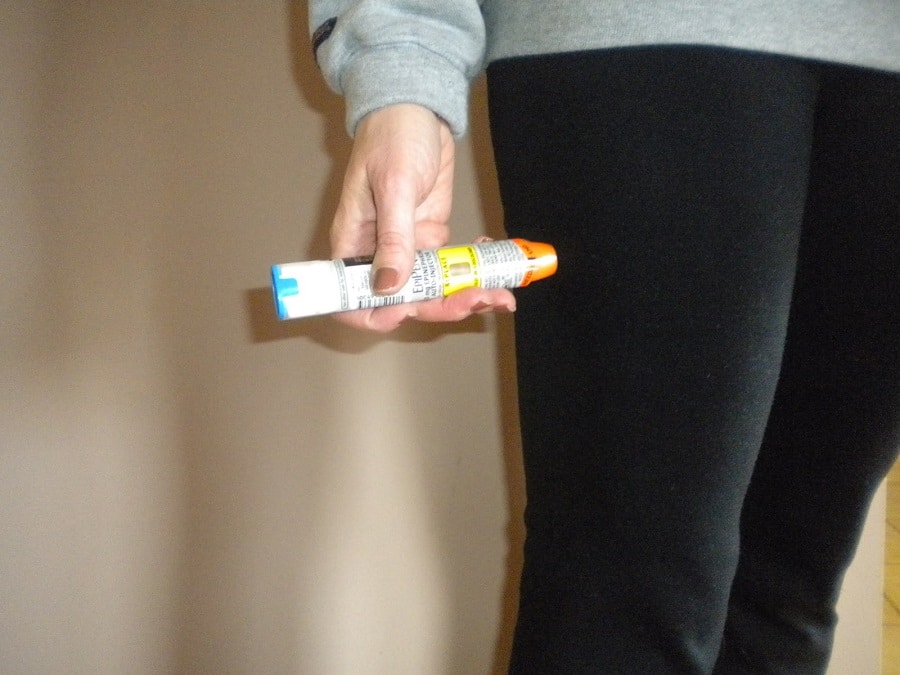
To treat severe allergic reaction you have to inject epinephrine as soon as you see the first signs. Usually, people who know they are prone to allergic reactions have their own action plan for these situations so it’s best to know a bit about your outdoor partners. Injecting the aforesaid drug will depend on the medical history of the patient.
For instance, if the patient has a long history of anaphylactic shocks or reactions then you can simply inject epinephrine even if they don’t show extreme allergic reactions. Lastly, some people need more than one shot of the drug to stabilise. In such cases wait between 5 to 15 minutes before injecting the next shot.
[the_ad_group id=”23″]
Even if everything seems to be all right, visiting the doctor is a must for the patient to make sure that they are safe.
There are situations when allergic reactions from bee stings can be deadly leading to uncontrollable convulsions as well as the lack of breath. If you see any such symptoms in the patient and feel that they might go into a shock then apply CPR measures immediately. It doesn’t matter whether it is a child or grown adult, going ahead with CPR can never go wrong; therefore, educate yourself about CPR beforehand.
Natural Remedies to Control The Situation
If you’re out there and you got stung, you may be in trouble.
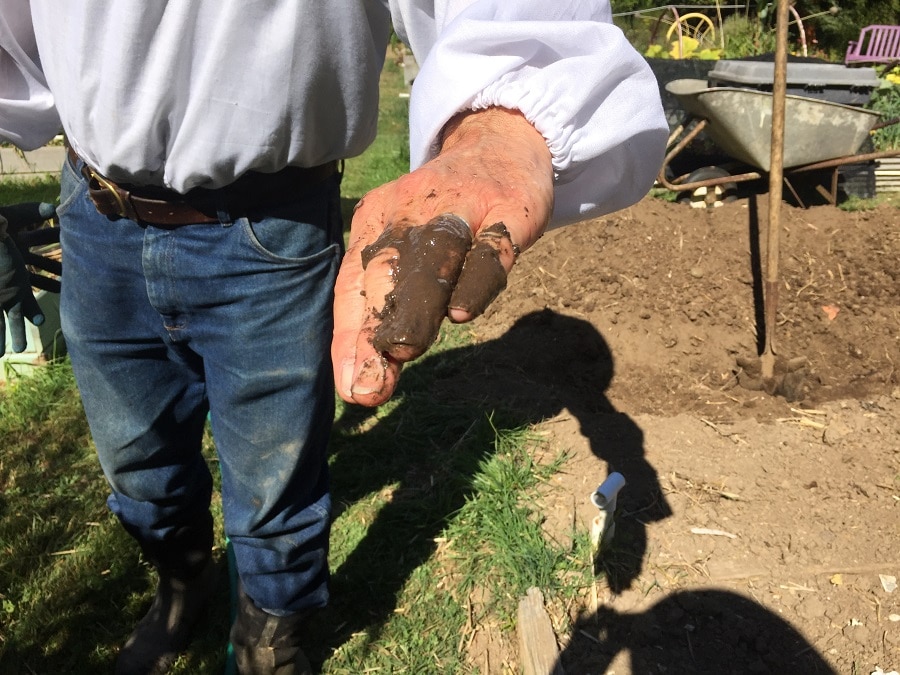
However, not all hope is lost and here are few natural remedies which require just what’s available to you, to nurse and cure a bee sting.
- The first thing that you should keep in mind is to never pull and grab the stinger, as you might just end up squeezing out from the venom sack at the end. Use a credit card or your nails to scrape out the stinger immediately.
- Once the stinger is removed, wash the affected area thoroughly with mild soap to prevent infection caused due to bacteria.
- The easiest remedy is applying a paste of mud and water mixed at proper proportions. This results in relief from swelling and irritation.
- Applying toothpaste helps in reducing the burning pain too.
- A slice of potato on the sting area brings about the same effect.
- Apply fresh aloe Vera gel on the sting area, this reduces the inflammation.
- Have tobacco sprinkled (if possible) on the sting area which brings down the pain and swelling.
- Spraying deodorant to a cotton ball, then gently dabbing it on the sting area also works fine.
- Rubbing crushed parsley or basil leaves against the sting area also helps, provided if you can manage parsley or basil leaves near your camping
The redness or the swelling, in extreme conditions, stretches across 12 inches. Symptoms like wash, fever, nausea and headache are likely to occur due to multiple stings. If at all the sting area starts showing the signs of our discharge, then an immediate doctor’s attention is needed. For
Prevention Is Better than Cure!
Now what can be done to stay away from bees?
- Avoid flashy dressing.
- The bees don’t attack immediately, the swarming crowd increases gradually, so once a bee stings you, do not panic do not scream, but make it out of the place asap.
Keep these things in mind when you are outside and a bee stings you. This way you should escape a difficult situation unharmed or with minimal injuries.

But enough about what to do! It’s your time to tell us your experience of fighting with a bee sting! What practices did you adopt? Where did this happen and how did you manage to fight the pain and swelling? We’re looking forward to your adventure stories in comments.
Check out our earlier piece on how to treat bee stings adequately for more detail.



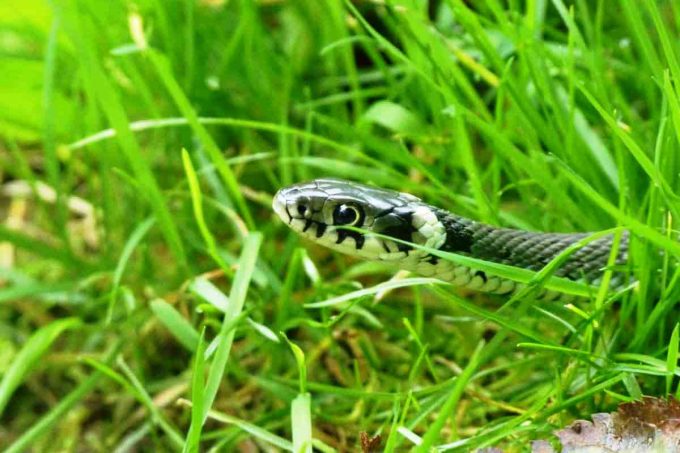
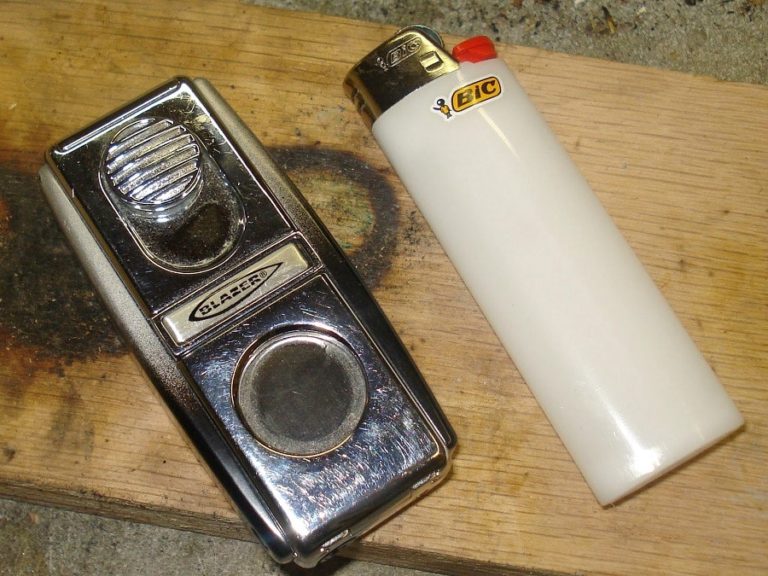
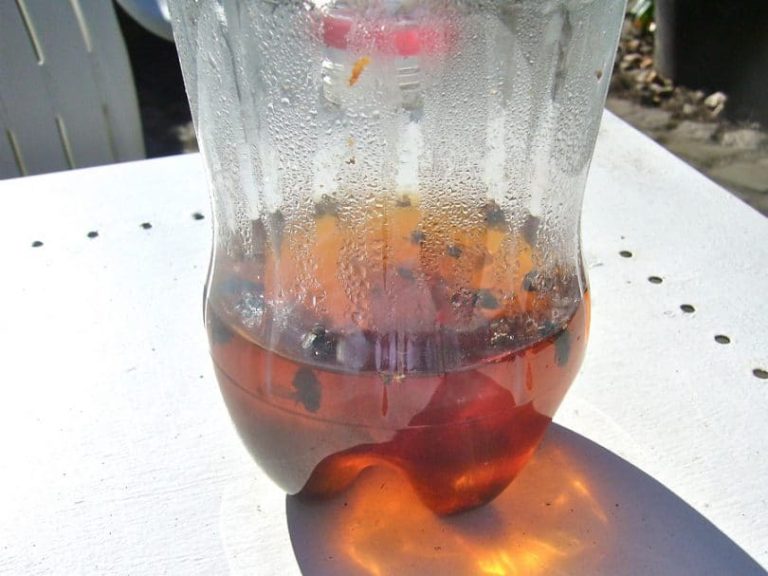


Buzz, buzz, Sting! Talking from experience i know that bee stings hurt, thankfully i am not allergic and only had mild reactions. I wish i had the knowledge that this article gives on of how to deal with a bee stinger when i was stung in past.
It is never to late to learn a lot on how to treat your stings in the future, Jason. Any additional information on how to treat emergency cases in the wild, such as bee stings, will always be helpful.
Despite the not very pleasant smell of onion has long been used to eliminate the effects of bee stings. The juice of the bulbs contains a number of substances that bind active components of the venom. Antibacterial properties of onions reduce the risk of infection. The irritation caused by onion juice compensates for the pain. Within a few minutes leaving a redness and swelling is noticeably reduced.
Use onions as in powdered form (paste) and almost a whole (cut in half), the main thing – intense release of medical juice.
Onion is very handy when it comes to bee and other insect stings because of the anti-inflammatory compounds that it contain. It does reduce the swelling and the painful sensation caused by the sting, so if you are planning to go a little gourmet on your camping dishes, don’t forget an onion.